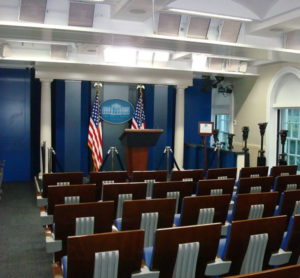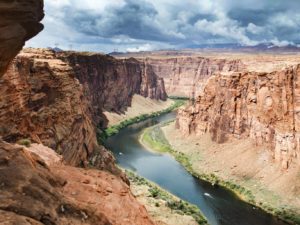Saturday, February 25th, 2017
Stephan: Several readers have challenged me to explain why I see what is happening in America as the rise of Fascism. Here are some historical examples of the process, how it happens, and what it means. Does any of it sound familiar?

A panel from Sintesi Fascista by Alessandro Bruschetti
Fascism begins as something in the air. Stealthy as smoke in the darkness, easier to smell than to see. Fascism sets out an ethos, not a set of policies; appeals to emotion, not fact. It begins as a pose, often a deceptive one. It likes propaganda, dislikes truth, and invests heavily in performance. Untroubled by its own incoherence, it is anti-intellectual and yet contemptuous of the populace even as it exploits the crowd mentality. Fascism is accented differently in different countries, and uses the materials – and the media – of the times.
Fascism is hostile to egalitarianism and loathes liberalism. It champions ‘might is right’, a Darwinian survival of the nastiest, and detests vulnerability: the sight of weakness brings out the jackboot in the fascist mind, which then blames the victim for encouraging the kick. Fascism not only promotes violence but relishes it, viscerally so. It cherishes audacity, bravado and superbia, promotes charismatic leaders, demagogues and ‘strong men’, and seeks to flood or control the media. Even as […]
2 Comments
Saturday, February 25th, 2017
Jordan Fabian , - The Hill
Stephan: Fascism, as the previous article laid out, has a predictable play book. One tactic is to split the people from their press, consider Trump's CPAC speech today. A second tactic is to split the press by smiling on some outlets and scorning others. Here is how it is happening in America.

White House Press Briefing Room
The White House blocked a number of news outlets from covering spokesman Sean Spicer’s question-and-answer session on Friday afternoon.
Spicer decided to hold an off-camera “gaggle” with reporters inside his West Wing office instead of the traditional on-camera briefing in the James S. Brady Press Briefing Room.
Among the outlets not permitted to cover the gaggle were news organizations President Trump has singled out for criticism, including CNN.
The New York Times, The Hill, Politico, BuzzFeed, the Daily Mail, BBC, the Los Angeles Times and the New York Daily News were among the other news organizations not permitted to attend.
Journalists from several right-leaning outlets were allowed into Spicer’s office, including Breitbart, the Washington Times and One America News Network.
A number of major news organizations were also let in to cover the gaggle. That group included ABC, CBS, NBC, Fox, Reuters, Bloomberg, the Wall Street Journal and McClatchy.
Reporters from The Associated Press and Time magazine were allowed into the gaggle but refused to attend.
“AP believes the public should have as much access to […]
No Comments
Saturday, February 25th, 2017
Ian Johnston , Environment Correspondent - The Independent (U.K.)
Stephan: As I have written here repeatedly, one of the three migrations we are going to see as the century goes on are people leaving the Southwest because of increased temperatures, and lack of water. Much of this centers on the Colorado River, and here is the latest on that crucial water source. The other two migrations, of course, are away from the coasts because of sea rise, and out of the central states because of violent destructive weather events like tornadoes.

The Colorado River running through the Grand Canyon.
Credit: istock
The south-western United States is almost certain to experience a “megadrought” lasting decades if global warming continues unchecked, researchers have warned.
The once-mighty Colorado river, which has regularly failed to reach the ocean since the 1960s, is already in the grip of the worst 15-year drought on record with the flow of water in the 21st century nearly a fifth lower than the 20th-century average, a new study found.
And scientists warned the river could be reduced by anything from 35 to 55 per cent by the end of this century if nothing is done to reduce greenhouse gas emissions.
Rising temperatures cause increased evaporation from the river, but also prompt plants to use more water.
A paper about the study in the journal Water Resources Research said: “With continued anthropogenic [human-caused] warming, the risk of multi-decadal megadrought in the Southwest increases to over 90 per cent over this century if there is no increase in mean precipitation.
“Even […]
No Comments















